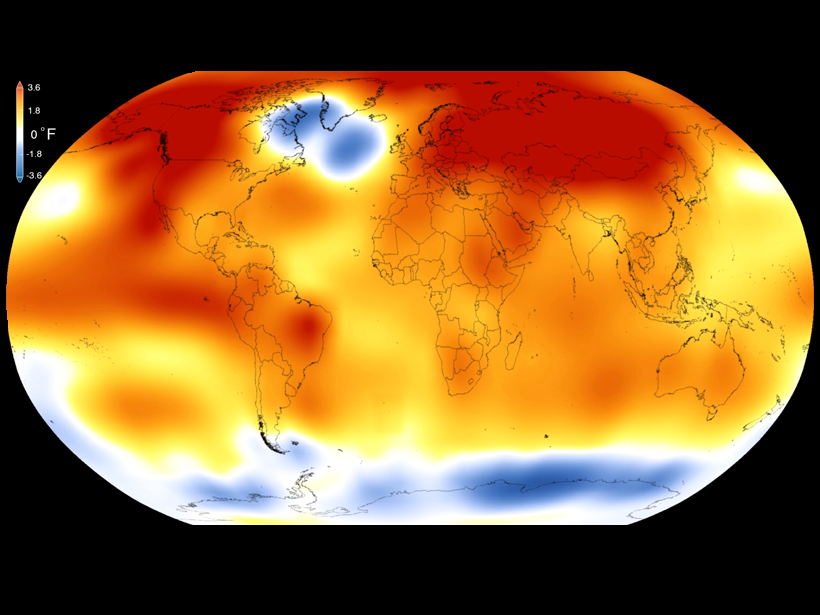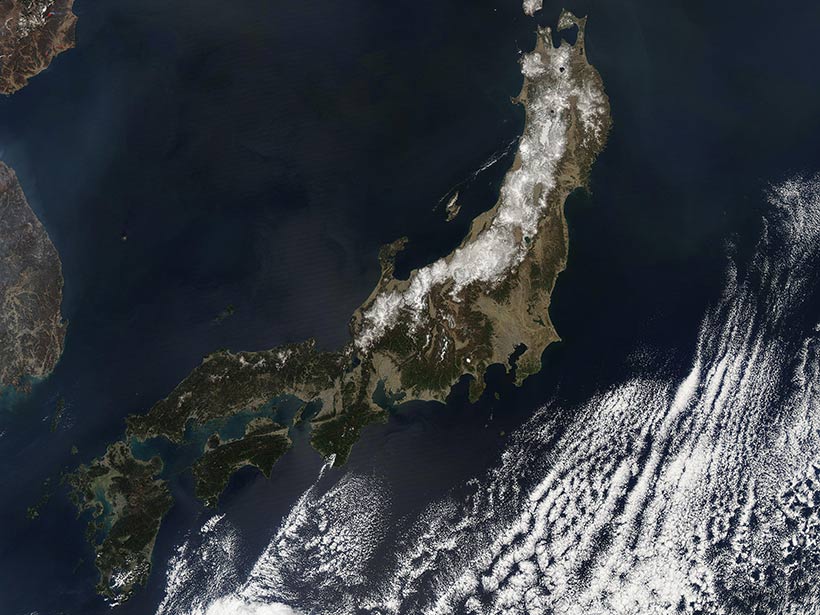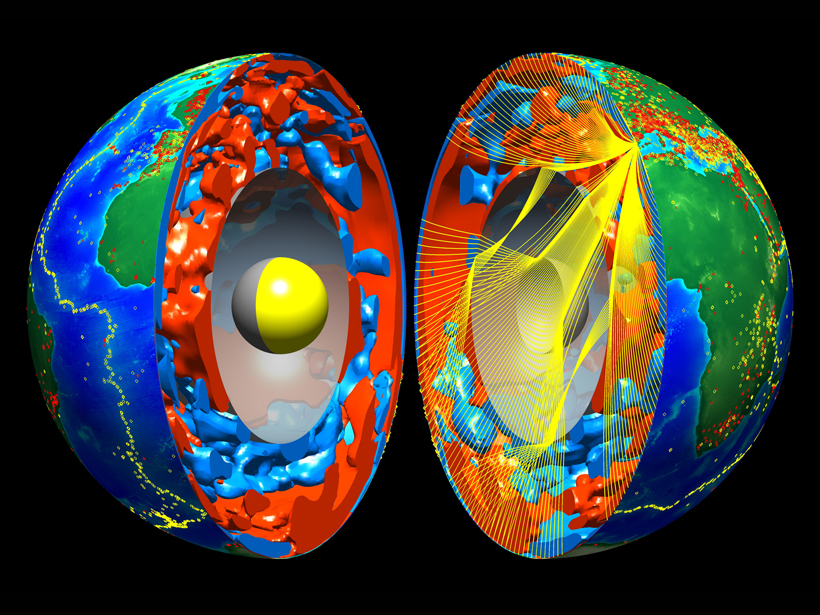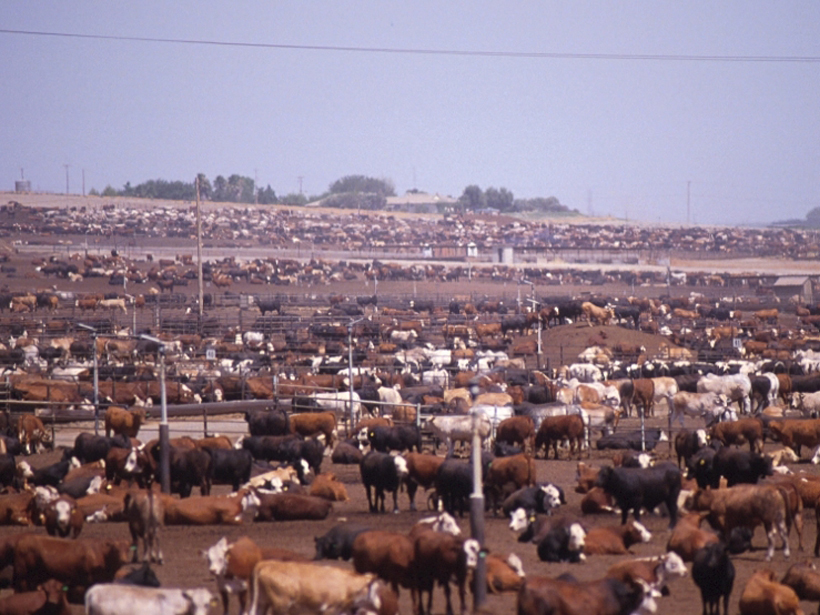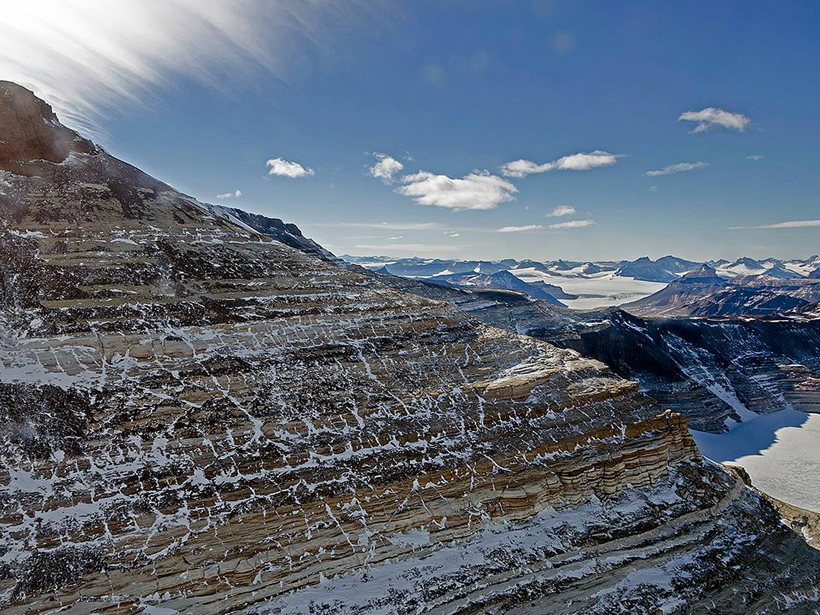A new study finds that humans likely have triggered the last 16 record-breaking hot years on Earth, up to 2014.
Geophysical Research Letters
Earthquakes May Prevent Underwater Landslides
Smaller quakes around the active edge of continental plates may contribute to increased stability by promoting compaction and solidifying the top 100 meters of seafloor sediment.
Massive Ancient Tectonic Slab Found Below the Indian Ocean
Scientists discover a surprisingly positioned tectonic plate, buried below the southern Indian Ocean, that spans the entire mantle.
U.S. Methane Emissions on the Rise
Data suggest that the United States may be responsible for half of global methane increase in the past decade.
Antarctica Gets a New Gravity Map
A comprehensive collection of variation in Earth's gravity could aid studies of the Antarctic geoid and of Antarctica's geology and ice sheet dynamics.
Demystifying Mercury "Hollows"
Spectral data from NASA's MESSENGER spacecraft indicate that the properties of the depressions on Mercury's surface can vary within a single crater and that these differences may correlate to age.
Gamma Ray Bursts Leave Their Mark in the Low Ionosphere
Scientists use very low and low-frequency radio signals to detect short gamma ray bursts and their impact on the low ionosphere.
How Oceans Could Change If We Reverse Anthropogenic Warming
A computer simulation shows a net increase in primary production by phytoplankton if climate change were mitigated by 2200 but also indicates big changes in the makeup of those species.
What Causes the Strange Pulses in Saturn's Magnetosphere?
A new model shows that a spiral wave may explain why many phenomena in the gas giant's magnetosphere undergo periodic cycles.
The North Atlantic Ocean's Missing Heat Is Found in Its Depths
In the 2000s, the North Atlantic stopped absorbing as much atmospheric warmth. However, the ocean lost only a little heat—the rest was held deeper below the surface by altered circulation patterns.

